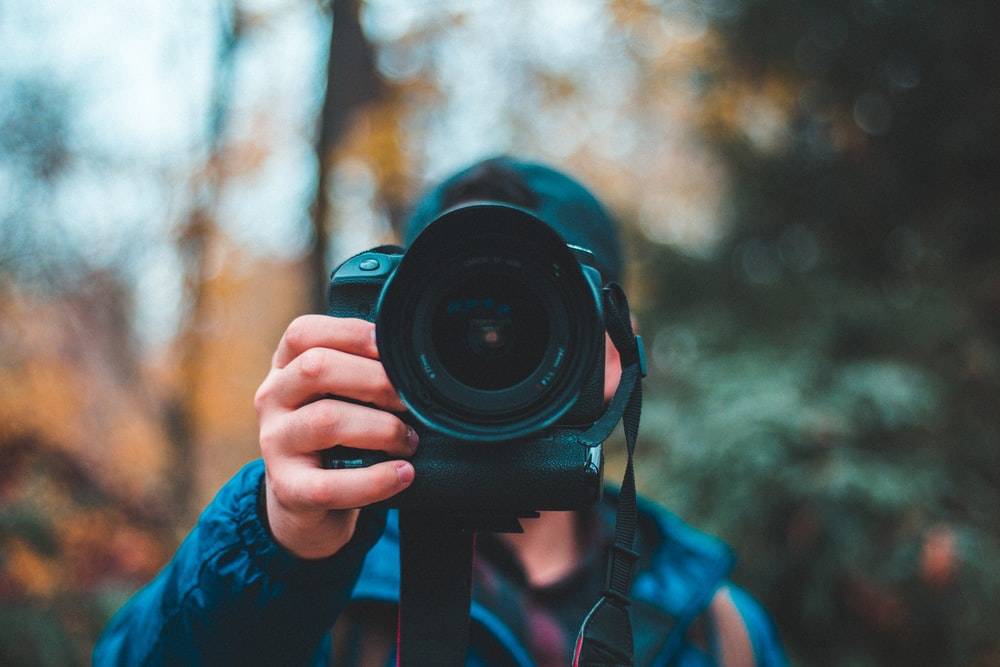The art of taking a photograph, whether on a smartphone or a sophisticated DSLR camera, is something that’s accessible to almost everyone. In fact, in these times of hi-tech digital devices, there’s nothing stopping anyone freezing a moment in time and preserving it in some form or another.
But if you really want to pursue a passion in photography, you’ll understand there’s more to capturing a memorable and emotive image than simply pointing and shooting. It’s a skill that must be learned, and while a certain amount of knowledge will come simply from experience, anyone serious about taking things to the next level should consider an online photography course to learn about things like lighting, camera functionality and the all-important composition.
One of the very basic tips of composition is the “rule of thirds” and it’s certainly one of the things that will be covered in an online photography course. Here’s a brief explanation to give you a head start. Understanding the Rule of Thirds
As one of the most fundamental rules of composition, if learned (and used!) early, the rule of thirds can completely transform an average image into a great one. That being said, you should never become dogmatic about it, because after all, rules were made to be broken! But you’ve got to know it first…
The principle is to divide your image (aka the scene you can see in your viewfinder or display) into thirds, horizontally and vertically. If that sounds confusing, simply look at it as dividing into nine equal boxes within the frame. So, in effect, you’ll have the edges (top, bottom and sides) and four interior (imaginary) ‘lines’ to delineate your nine boxes.
Next, in your mind’s eye find the intersection points of those four lines. If you get used to instantly dividing up your image like this every time you look through the viewfinder, before very long it becomes second nature and you literally won’t be able to “unsee” those imaginary nine boxes and intersection points.
How to Use the Rule
So, now you understand the rule of thirds, how do you apply it? The theory is that when setting up your photo (and this applies to landscape, street, macro, portraits, nature and everything else) if you place, or position, a point of interest at any of those intersection lines, it creates a more balanced image and allows the viewer to interact with it in a far more natural fashion. (Not that a viewer realises this, it’s just the way our eyes/brains work.)
This is because contrary to what one might imagine, the human eye doesn’t gravitate towards the centre of a ‘scene’, but rather these intersection points.
While if you’re shooting outdoors you’ll need to work with the landscape or scene as it is, of course, in a studio setting you can design your image accordingly, by placing objects, props or furniture very deliberately in relation to your subject.
Practice Makes Perfect
An online photography course will go into much more detail about the rule of thirds and the many other tips and techniques of composition. Even before you sign up for an online photography course, however, the most effective way of gaining skills and embedding them so they become second nature is to put them in to practice as often as you can. Even in the times you don’t have a camera with you, you can mentally divide a scene and imagine how you’d compose an image.
In photography, practice really does make perfect.


